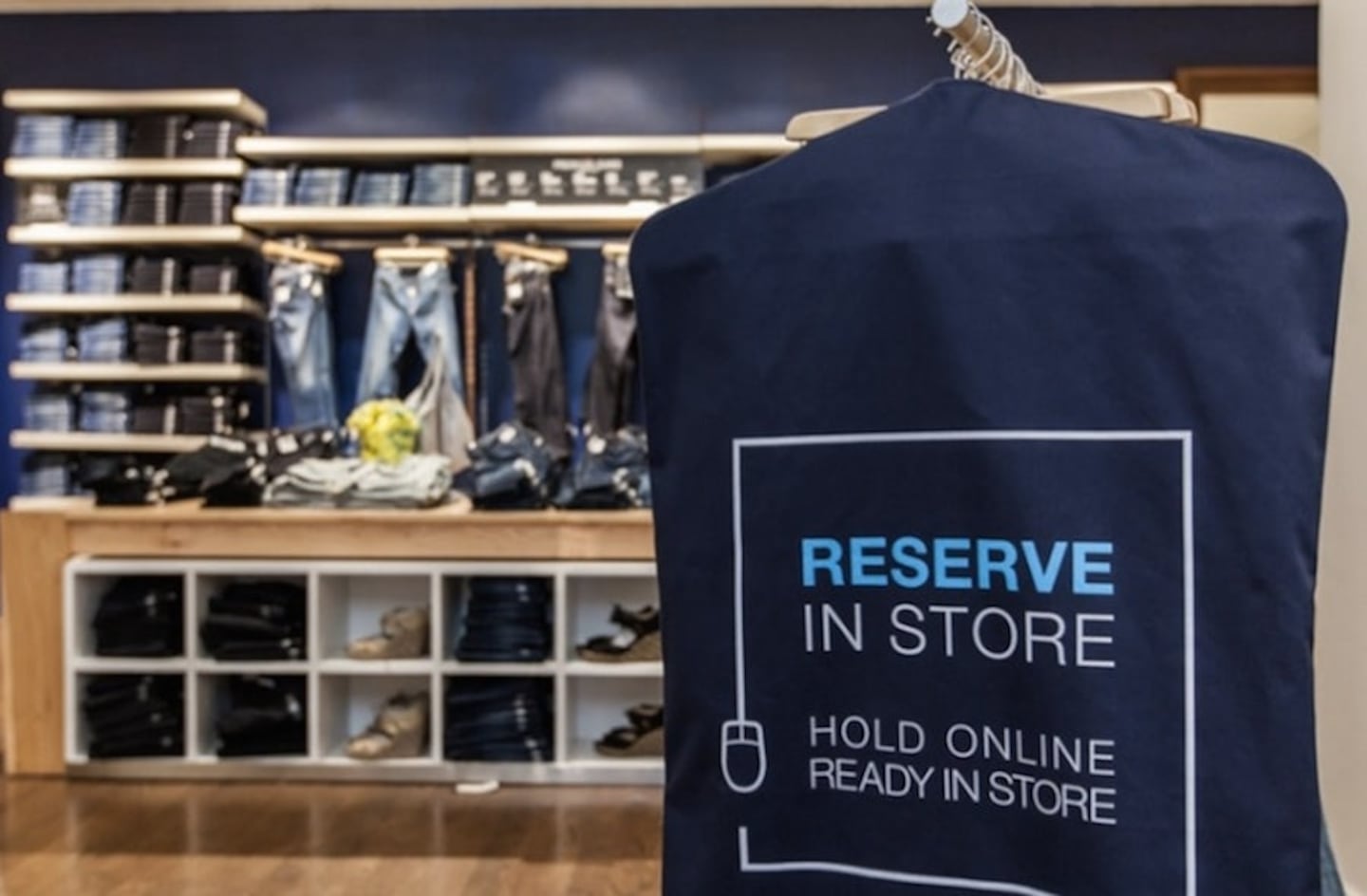
The Business of Fashion
Agenda-setting intelligence, analysis and advice for the global fashion community.

Agenda-setting intelligence, analysis and advice for the global fashion community.

LONDON, United Kingdom — As online sales continue to rise, some have questioned the continued relevance of physical stores. Silicon Valley entrepreneur and venture capitalist Marc Andreessen has gone so far as to predict the death of traditional retail altogether. "Retail guys are going to go out of business and e-commerce will become the place everyone buys. We're still pre-death of retail and we're already seeing a huge wave of growth," he said, famously, back in 2013.
Yet, in fashion, physical shopping remains a vital driver of brand engagement and sales. Indeed, several venture-backed fashion e-tailers, including Warby Parker, Bonobos and Frank & Oak have recently opened some kind of physical space.
Nonetheless, to remain competitive, legacy brands and retailers must do more to reinvent their stores to better suit the behaviours and expectations of today's hyper-connected consumers, while leveraging their traditional advantages, argues a recent report by PSFK, a New York-based market intelligence firm. "Traditional stores for the most part have stuck to the traditional model and [are] ignoring the things that have set them apart for so long — people, product and place," said Scott Lachut, director of research and strategy at PSFK.
The report, titled ‘The Future of Retail 2015,’ says traditional retailers must integrate their online and offline businesses; carefully think through how the two channels complement each other; and fundamentally reimagine the role of the physical store. “The most successful retailers will integrate their online and offline businesses and understand how these two different channels drive sales in tandem,” said Piers Fawkes,founder and editor-in-chief of PSFK. “Some will turn their stores into showrooms, others into delivery spaces, some into lifestyle experiences. There's no right answer.”
ADVERTISEMENT
Yet whichever model a retailer adopts, personal interactions with human personnel are a key part of what differentiates the physical store experience from e-commerce sites and today’s retailers must better leverage and extend these interactions through new technologies, says the report. Increasingly, market leaders are arming their sales associates with iPads, enabling them to digitally extend traditional in-store interactions, complete with personalised product recommendations based on insights gleaned from face-to-face interaction and data such as purchase history.
While the physical store is no longer the only place where purchases can occur and, indeed, transaction is steadily migrating online, a recent study by A.T. Kearney found that 95 percent of all retail sales are captured by companies that have a brick-and-mortar presence. According to PSFK, however, to maintain their edge, physical retailers must also do more to transform their once-static environments into more dynamic places, deploying innovations like interactive dressing rooms, while also offering deeper lifestyle experiences and communal interaction, becoming marketplaces for relationships, not just products.
Retailers should also consider incorporating e-commerce-like features — from personalised recommendations to one-click payment to on-demand delivery — into the physical shopping experience, says the report. “Imagine the expectations people have with their online shopping experience. They expect personalisation, recommendations, recognition, recollection, access, service. People want that same seamless experience when they are in the real world, often through their personal device,” said Fawkes.
Deploying new technologies is often a process of trial and error, he warned. “Brands must have permission to experiment and fail. You can't find out that people won't use your electronic mirrors by watching how they use them in your competitors,” he said.
But inaction is far more risky, Fawkes concluded: “If retailers continue to fail to connect with the modern consumer, the shopper will simply give up waiting for the revolution and buy everything and anything through the personalised, synchronised, multi-device, communal retail experience that many online retailers already offer.”
Brands including LVMH’s Fred, TAG Heuer and Prada, whose lab-grown diamond supplier Snow speaks for the first time, have all unveiled products with man-made stones as they look to technology for new creative possibilities.
Join us for a BoF Professional Masterclass that explores the topic in our latest Case Study, “How to Turn Data Into Meaningful Customer Connections.”
Social networks are being blamed for the worrying decline in young people’s mental health. Brands may not think about the matter much, but they’re part of the content stream that keeps them hooked.
After the bag initially proved popular with Gen-Z consumers, the brand used a mix of hard numbers and qualitative data – including “shopalongs” with young customers – to make the most of its accessory’s viral moment.